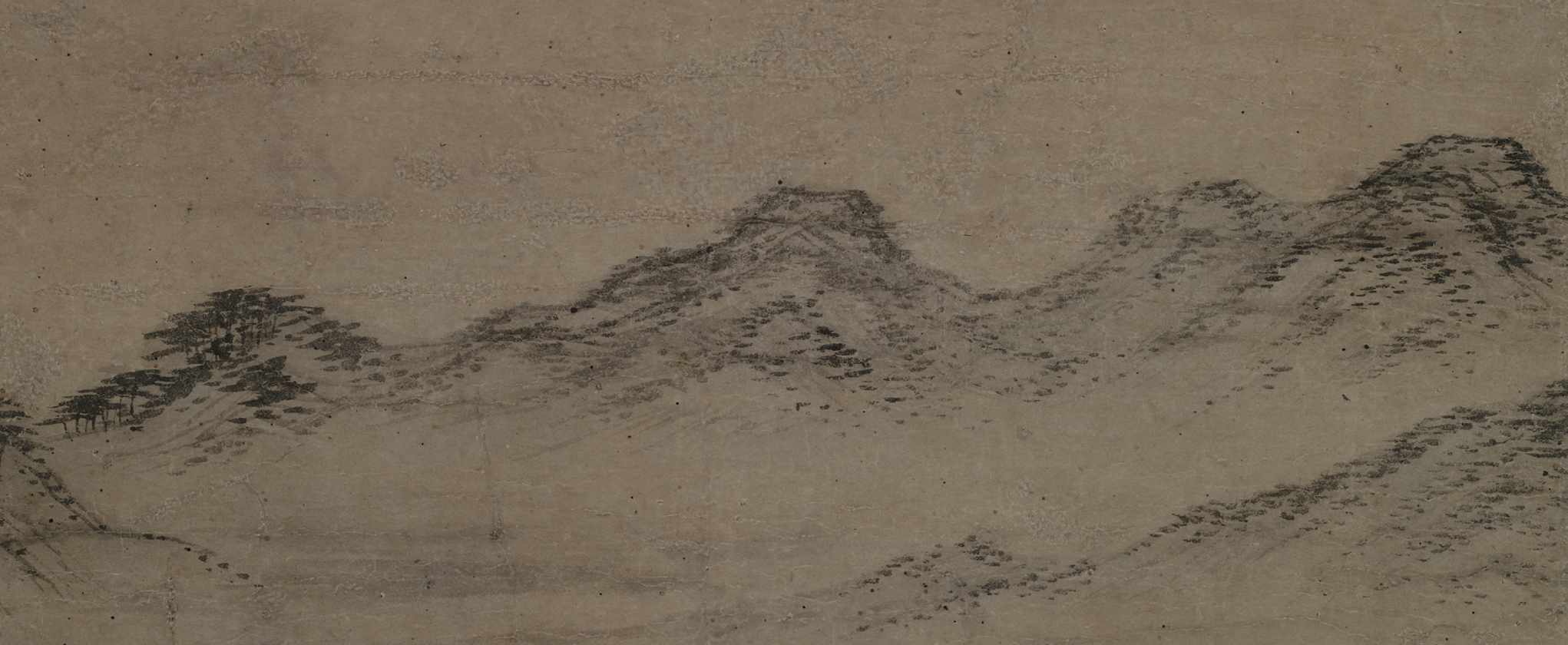
Feature
Cheongha Fortress: A Definitive ‘True-view’ Painting
By Kim Yong-kown
Jeong Seon (1676–1759), also known by the penname Gyeomjae, is the foremost late-Joseon scholar-painter. He left a brilliant mark in the history of Korean painting by departing from the previously dominant Chinese styles and initiating a new painting school called jingyeong sansu, or “true-view” landscape, which was considered more apt for the depiction of Korean natural features.
Background
Jeong Seon was born into a prominent family, but his childhood was not free from troubles when the fortunes for his family soon declined. He was able to continue his academic pursuits only with help from his mother’s family and their financial means. Jeong Seon lived in the same neighborhood as the late-Joseon high official Kim Suhang (1629–1689), a member of the powerful Andong Kim clan, and received academic and artistic guidance from his five sons.
Jeong Seon further exchanged influences with disciples of Kim’s five sons, deepening his conception and skill in poetry, prose, calligraphy, and painting. One of these disciples was the poet Yi Byeong-yeon (penname Sacheon; 1671–1751), a maestro of “true-view” poetry, a literary style eulogizing the beauty of the Korean natural environment. Sacheon developed a life-long friendship with Gyeomjae that was sustained by a continuous dialogue in the form of exchanging poems and paintings, making a significant contribution to Jeong Seon’s establishment of the “true-view” landscape painting style.
At the age of 20, Gyeomjae received a recommendation from the literary official Kim Chang-jip (1648–1722) and first entered officialdom as a court painter at the Agency for Drawing Pictures (Dohwaseo). At 41 he began working at the Meteorological Office (Gwansanggam) as a sixth-rank official. Starting in his mid-40s, he took on the role of
governing local areas: from 1721–1726 he served as the magistrate of Hayang-hyeon,a county near present-day Daegu in Gyeongsangbuk-do Province; from 1733–1735 as
the magistrate of Cheongha-hyeon in present-day Pohang in Gyeongsangbuk-do; and as the magistrate of Yangcheon-hyeon in western Seoul from 1740–1745. Retiring from
official duties at 70, Gyeomjae led a leisurely life in the Inwang Valley (modern Ogindong in central Seoul) until his death at 84.
Jeong Seon’s Pictorial World

Geumgang jeondo (View of Mt. Geumgangsan);
130.8 × 94 cm
The “true-view” landscape painting he established abandoned the prevailing conceptual and abstract manner of painting to pursue a novel and realistic expression of the beauty of Korean mountains and rivers. Delivering subjective views through the signature brushstrokes of the painter, the “trueview” style excels at accentuating the essence of the object and enriching its aesthetic beauty. One illuminating example by Jeong Seon is Cheongha seongeupdo, or Cheongha Fortress (collection of the Gyeomjae Jeongseon Art Museum), which he created during his term as the magistrate of Cheongha-hyeon.
‘True-view’ in Cheongha Fortress
Cheongha Fortress portrays the walled government seat of Cheongha-hyeon County and its surroundings as seen from Bongseonjeong Pavilion to the east of the fortress. Jeong Seon placed pine trees and wetlands in a close-range view and a screen of several mountains including Hohaksan, Cheollyeongsan, and Naeyeonsan in the
distance, bringing Cheongha Fortress to the fore. Also depicted are additional pine trees further out in the center and the center right, as well as houses with gabled or
hip-and-gable roofs stretching along a hill.
No historic structures have survived at the former site of Cheongha Fortress; Cheongha Elementary School and the county office of Cheongha-myeon have been constructed in its place. Although the former buildings and structures have been erased from the site, the “true-view” painting of Cheongha Fortress still immerses us in the cultural and historical appearance of the area. It also provides valuable information to those who seek to reimage its former appearance. It goes without saying that the painting serves as a source of great aesthetic satisfaction for viewers.
A New Direction for Joseon Painting

Inwang jesaekdo (After Rain at Mt. Inwangsan);
79.2 × 138.2 cm